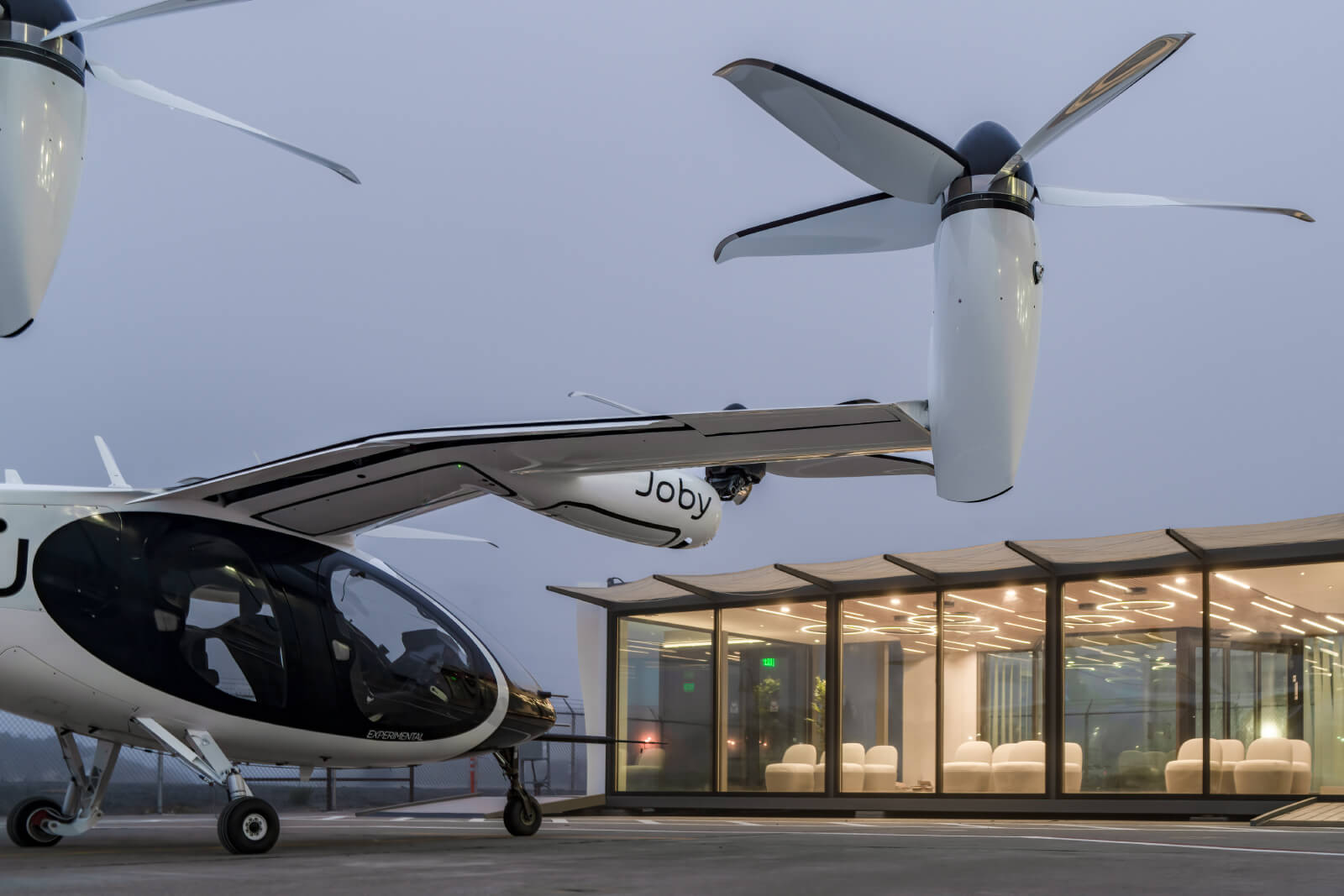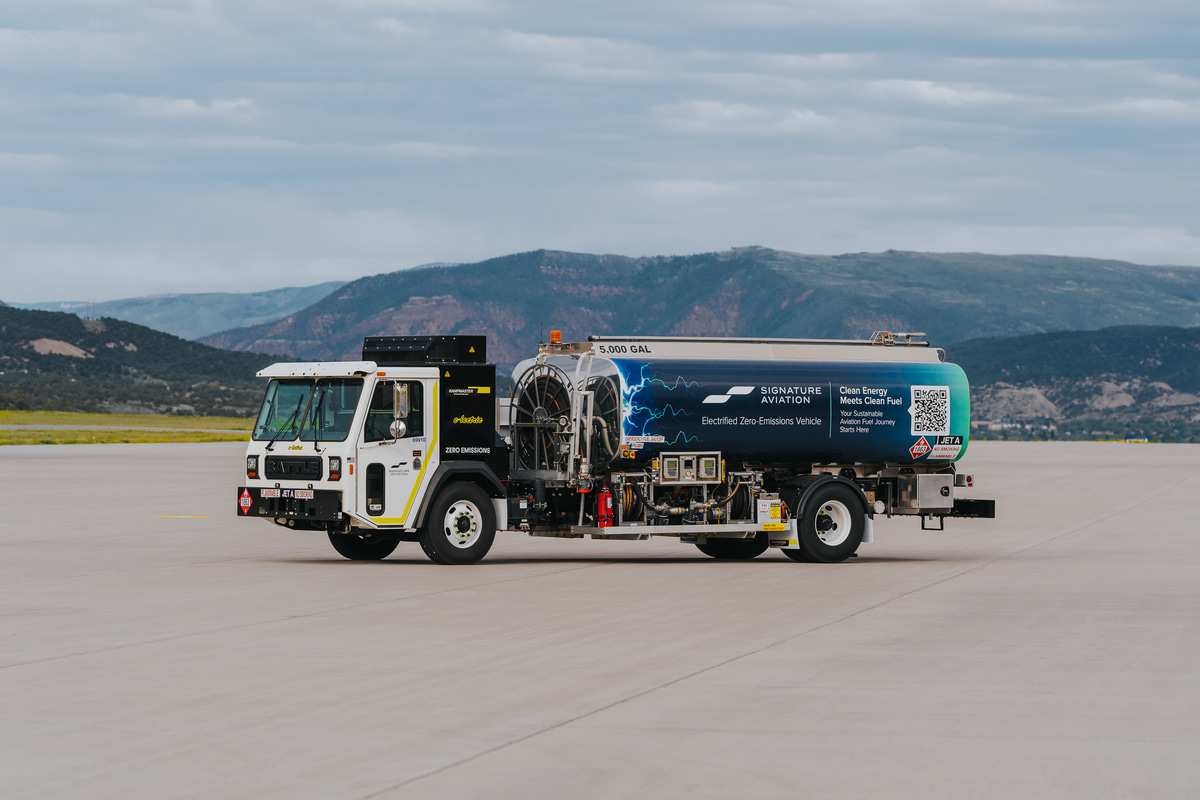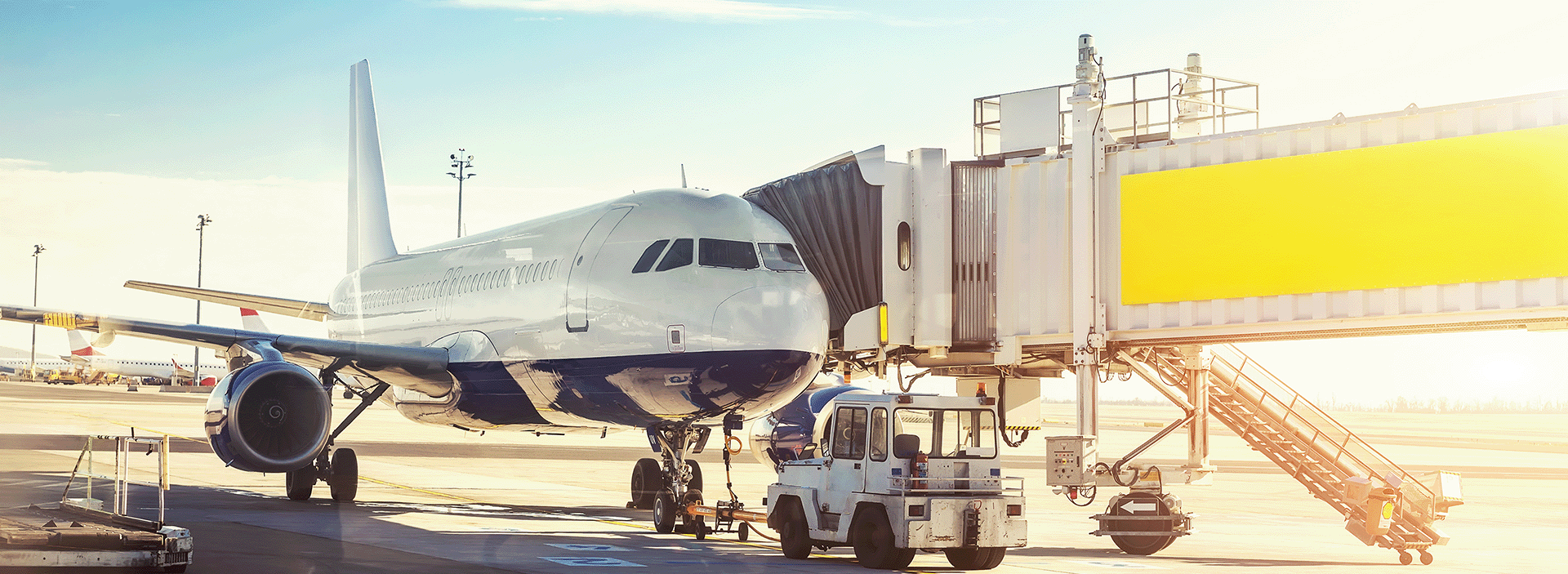
REGISTER AT FULL ARTICLE TO WATCH RECORDED WEBINAR.
Airports are essential to the local, regional and global economy; however, air transport is one of the largest contributors to global climate change. In order to retain their licence to operate and prepare for the future growth of the industry, which must be done sustainably, airports and the wider industry must transition to sustainable business practices and to cleaner energy sources.
Airports themselves can move from being passenger and aircraft hubs, to energy hubs and be able to generate and store clean energy for their own needs and maybe eventually that of their surrounding communities. The energy needs of the air transport industry will transform in the years ahead and will range from hydrogen and EV charging stations, to sustainable aviation fuels. By integrating solar panels, wind turbines and other renewable energy sources, airports will be able to reduce their carbon footprints and move towards net zero. Surplus energy can be stored in battery systems and used during peak hours and emergencies to ensure that the air transport system is never out of action.
Airports are essential to the local, regional and global economy; however, air transport is one of the largest contributors to global climate change. In order to retain their licence to operate and prepare for the future growth of the industry, which must be done sustainably, airports and the wider industry must transition to sustainable business practices and to cleaner energy sources.
Airports themselves can move from being passenger and aircraft hubs, to energy hubs and be able to generate and store clean energy for their own needs and maybe eventually that of their surrounding communities. The energy needs of the air transport industry will transform in the years ahead and will range from hydrogen and EV charging stations, to sustainable aviation fuels. By integrating solar panels, wind turbines and other renewable energy sources, airports will be able to reduce their carbon footprints and move towards net zero. Surplus energy can be stored in battery systems and used during peak hours and emergencies to ensure that the air transport system is never out of action.












